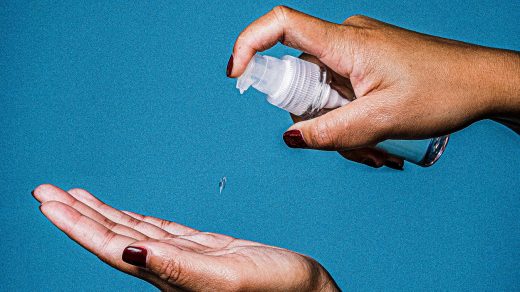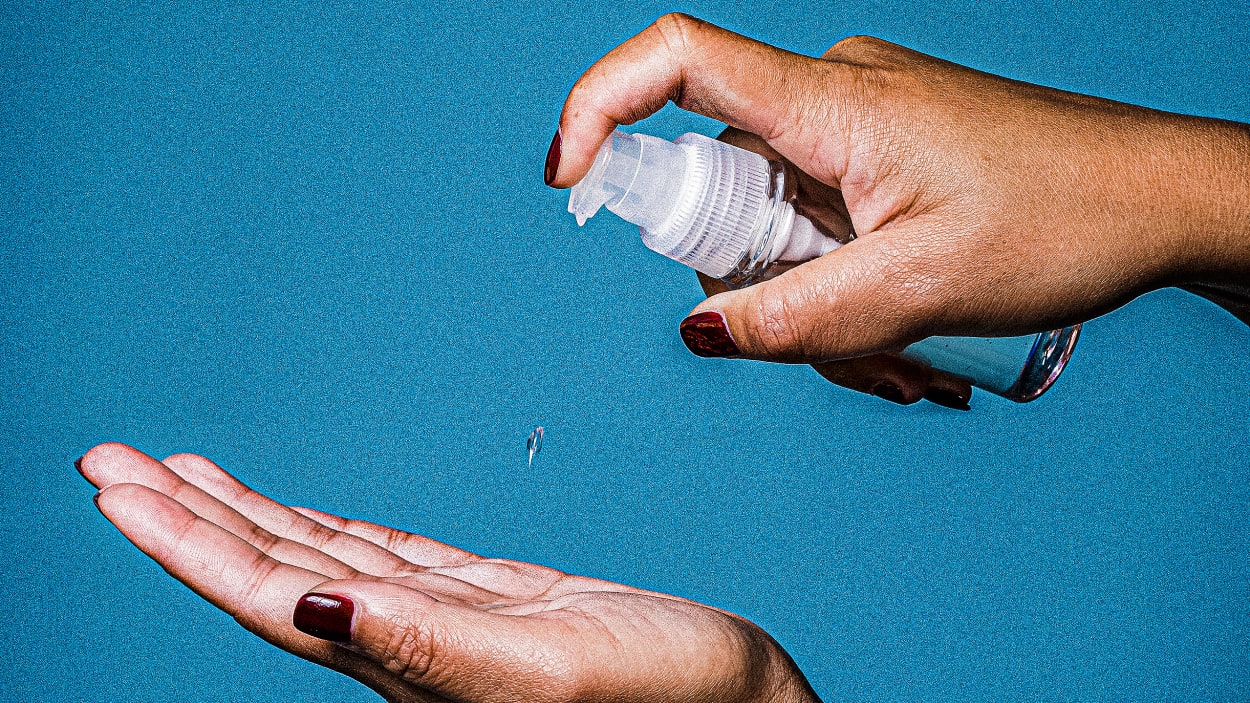How beauty brands are redefining “clean” in 2023
By Lindy Segal
Projected to rake in $22 billion globally by 2024 and a burgeoning favorite among Gen Z consumers, “clean” beauty is one of the fastest-growing categories in the personal care sector. But with industry definitions of “clean” being murky, at best, brands and retailers are continuing to set their own standards about everything—from ingredient safety to packaging—creating confusion in the market. Just last month, a class-action lawsuit was filed against Sephora for allegedly misleading customers with the “Clean at Sephora” seal.
“‘Clean’ doesn’t have a legal or regulatory definition,” says Annie Jackson, cofounder of Credo Beauty, which is widely considered to be a retail leader in the space. “Clean beauty has changed so much since we first started Credo [in 2015], and right now the onus is on us, on companies like Credo, to validate if a product or ingredient is sustainable enough.”
In other words, brands are put in the position to make their own rules—and claims—and many brands have focused their marketing messaging on what their formulas don’t contain: ingredients such as phthalates, which are classified as endocrine disruptors, or potential allergens, like fragrances.
But according to Charlotte Palermino, CEO and cofounder of Dieux Skin, consumers should be wary of “free from” claims.
“A lot of what you’re seeing in the United States, you can’t do in Europe. ‘Free from’ claims are against guidance,” she tells Fast Company.
Still, interest in clean beauty isn’t waning. According to Shopify, four of the top five trending beauty brands over Black Friday and Cyber Monday in 2022 were clean skin-care brands. And Credo, which currently operates 11 brick-and-mortar stores, plans to open seven more doors in 2023.
With so many brands calling their products clean, consumers are demanding more transparency. Here are three ways brands are reevaluating clean beauty in 2023, according to leaders in the space.
Broadening the definition
More than ever, buyers are also looking at brands’ sustainability efforts. Per Shopify, 63 percent of consumers are more likely to recommend a product if they believe it’s less harmful to the environment.
For TooD Beauty founder Sharareh Siadat, protecting the planet has always been a priority.
“From our inception, clean formulas without sustainable packaging meant not ‘clean,’” says Siadat, who says her brand is founded on three pillars: “No harm to the endocrine system, no harm to mother earth, and no harm to mental health.”
Gucci Westman, celebrity makeup artist and founder of Westman Atelier, also looks at the bigger picture when creating products.
“We focus on the entire approach—from the supply chain, levels of active ingredients and including them at meaningful amounts, and a very rigid and comprehensive blacklist [of ingredients] that we are not willing to compromise on,” she says.
Another area of focus? Reducing carbon emissions. This year, skin-care brand Glow Recipe partnered with the nonprofit Climate Neutral in their efforts.
“Through their certification program, we measured our 2021 carbon footprint and put together a plan to offset and reduce our emissions now and in the future,” says Glow Recipe co-founder Christine Chang. “We plan to continue to reduce our emissions year after year, with the goal to ultimately become a carbon positive company.”
And Orveon Global, which formed one year ago after acquiring BareMinerals, Buxom, and Laura Mercier from Shiseido, reconfigured shipping practices to lower their carbon footprint.
“We decided to move from one global warehouse in the U.S., which we inherited from the acquisition, to four warehouses [around] the world,” says CEO Pascal Houdayer.
Research, development, and innovation
At the end of the day, consumers still want products that perform.
For its next launch, Dieux is looking into biotech. “We’re working on a very rich occlusive product,” Palermino says. But she says they don’t just want to create an Aquaphor knockoff.
“When you’re using biotech, you’re typically growing things in reactors. Yeast or bacteria spits out an ingredient, and you edit that to then be what you want. In terms of a carbon footprint, it’s a very closed loop,” she explains.
On the makeup front, TooD Beauty tackled the microplastic nightmare that is glitter, launching a plant-cellulose-based BioGlitter that can be used on the face, body, and hair.
“Our innovation with the world’s first one-swipe biodegradable glitter was to help create a safe way to sparkle,” says Siadat. “Now, a few years later, there is updated technology that we are taking advantage of to push the performance of these hues.”
Going beyond “clean”
One thing the brand insiders agree upon is that the world of clean beauty is indeed reaching a watershed moment.
“I don’t think the words ‘clean beauty’ hold much weight,” says Westman. “Personally, I am speaking less to clean beauty at this point. It is table stakes, or at this point, it should be.”
Meanwhile, Houdayer believes the term is “dead.” He’s championing “pure beauty” at Orveon instead—positioned as the intersection between beauty and wellness.
Glow Recipe is also using different verbiage to encompass the brand’s focus on raw materials, sustainable packaging, and carbon neutrality.
“Clean has been evolving from formulas that use natural ingredients to a broader approach of what we like to call conscious beauty,” says Chang.
Rebranding aside, Palermino believes clean has a future. “I think that the way that we talk about it just needs to change,” she says.
Notably, Dieux does not refer to itself as clean. “I would love to move away from the word ‘clean,’ just because it’s inherently negative. You’re automatically calling anybody else dirty,” she says, noting that the language also has roots in eugenics.
However, from Jackson’s perspective, there is positive change that can come from the clean beauty movement. And she believes brands who don’t keep up risk losing customers.
“More brands making steps that are measurable to create a positive impact gets the attention of those that are stuck,” she says. “It helps them realize, ‘If I don’t go with the program, I going to lose market share here.’”
(22)



